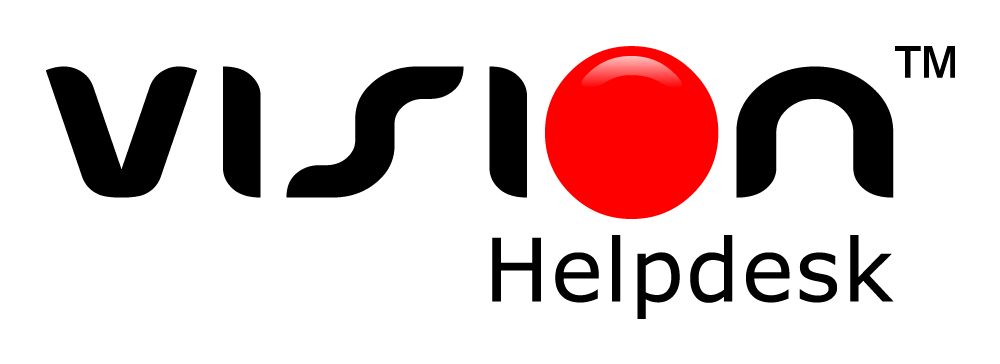
If you have been around for very long you’ve probably heard a lot of talk about IT – information technology. While many of us think of IT as computers and its hardware, there is more to it than that.
IT includes everything from the operating system to the software, servers to the applications and more. Every technology you use is related in some way to IT services, which means it needs ITSM. This acronym stands for information technology service management. It certainly makes sense that with all the technology and electronic information that businesses have that they would need a “service management” component. You may be wondering just what is ITSM. It may be easier to understand by first looking at just what all the tasks are that IT is responsible for. Then you will get a better idea what ITSM does (because it manages all of those tasks). It may be helpful to answer some questions when attempting to understand just what ITSM is.
What is IT and its services?
IT may sound like a fancy term, but it all really boils down to the technology and technological services you use every day while at the office. Think for a minute about the different pieces of equipment you must use to operate the business. But don’t stop there. What about all the technological services you use too. These are all IT services. For example, your computer, the fax machine, the various apps and software you access, the printer, the ability to create, change, or update a password. Or what about the times you forget your user id? With a few clicks of the mouse and IT services go to work for you to retrieve it. All of these actions and technologies are a part of what makes up IT. ITSM is what manages these services and it does so through the use of the software.
ITSM is a framework by which IT can do its job and it uses software and standards to guide that framework (more on that later). Some people refer to ITSM as IT support. Whatever you call it, without ITSM, you wouldn’t be able to use IT services and technology as effectively.
What is ITSM and what role does ITSM play?
You may be wondering, just what exactly is the role of ITSM. That’s an important question to answer. According to the technical definition, “ITSM refers to the entirety of activities…that are performed by an organization to design, plan, deliver, operate, and control information technology (IT) services offered to customers.” In simple language that means ITSM is responsible for all the activities that revolve around designing, planning, delivering, operating, and controlling those IT services discussed above. That is an awesome role and with the right software, it can provide tangible benefits.
For whom does ITSM benefit?
It is important to look at who the beneficiaries are of this powerful service. Notice the definition of ITSM gives us a hint. End users are the target of these services. Who are end users? In many cases, it may be just customers. Sometimes, end users are employees. However, often times, it is both customers and employees. Technically, it is anyone for whom the services were designed. Therefore, it benefits all end users.
What are the benefits of ITSM for the end user?
We know the benefits of IT. We rely on it every day. However, without ITSM, those technologies we take for granted would not be delivered in the efficient manner that we are used to. So, the benefits of each (IT and ITSM) are intertwined.
- Improves business by delivering IT services.
- Increases customer service through quickly determining needs.
- Facilitates smoother transactions between end users and the business.
- Automates processes that are otherwise done manually.
- Enhances IT delivery to various departments and platforms.
- Ensures changes to the system are conducted seamlessly.
- Provides customers with reliable feedback.
- Aids in the release of new software.
- Produces data revealing important metrics on customers.
- Saves the business money through using IT to complete tasks otherwise done by staff.
How is ITSM executed?
This is a good question considering all of the benefits it promises. If every company was to simply execute it in any way they saw fit, then chaotic results would ensue. However, a framework or set of standards has been put forth in the form of a set of practices called Information Technology Infrastructure Library (ITIL). These practices and guidelines are contained in five volumes of published work. Although there is no compliance assessment by a 3rd party, it is still the leading standard for ITSM. These volumes lay out best practices and guidelines for ITSM.
The five volumes of ITIL, published in 2007, contain the following titles (from Wikipedia):
1. “ITIL Service Strategy: understands organizational objectives and customer needs.
2. ITIL Service Design: turns the service strategy into a plan for delivering the business objectives.
3. ITIL Service Transition: develops and improves capabilities for introducing new services into supported environments.
4. ITIL Service Operation: manages services in supported environments.
5. ITIL Continual Service Improvement: achieves services incremental and large-scale improvements.”
With the set of standards guiding the use of ITSM execution, all a business needs are the proper software to deliver the benefits to the end user, which is the customer and employee, and to the business itself. So, whether it’s problem management, release management, or supplier management that your business must deal with, the execution is facilitated in a timely and smooth manner. Why? Because ITSM is efficiently operational through top service desk software.
At Vision Helpdesk, we provide ITSM solutions for businesses through a service desk software. Whether you want automation to help expedite services or you’re looking to increase office efficiency and productivity, you will have that and more when you use help desk software. Delight your customers and deliver better customer service. Engage your employees by making their work more manageable. When employees are engaged, it creates happier customers as well. To find out more about how ITSM can work for your business, connect with Vision Helpdesk today.
Also Read: Streamline business with ITSM Service Desk Software
Vision Helpdesk: Simplify Your Life
signup for 30 days free trial.. no credit card. no obligation

Join the conversation